With there being an app for everything, from your social life, love life, hobbies, and work, there are often some apps we don't want others to know we're using. But sometimes we have to hand over our phones to others and there's no knowing how nosy they'll get. But Apple has finally brought a long-requested feature to iPhones with iOS 18 – the ability to lock and hide apps.
How does it work?
Locking an app: You can lock apps in iOS 18 so that you'll need to authenticate using Face ID, Touch ID, or passcode to open them. When you lock an app, information from the app won't appear in notifications, search, or spotlight so no one can even accidentally glance at any sensitive information from the app. You'll also need to authenticate when you want to show content from the app in another app.
Hiding an app: There's also an option to hide the app completely in a hidden folder that's also locked. When you hide an app, it won't appear on your Home screen or App Library and will only be accessible from the new hidden folder. Though Apple says that after hiding the app, an obscured icon will appear in its place on the Home Screen, I found that the app completely vanished instead (as it should be, in my opinion). After you hide an app, you won't receive any notifications or calls from the app at all.
Locking and Hiding an app
Here's how you can lock and hide apps on your iPhone running iOS 18.
- Tap and hold the app icon that you want to hide from the Home Screen or App Library.
- From the options that appear, select 'Require Face ID'/ 'Require Touch ID' (depending on your phone).
- If you only want to lock the app, select 'Require Face ID' from the pop-up. Otherwise, select 'Hide and Require Face ID' to hide the app as well.
- Authenticate using Face ID to lock/ hide the app.

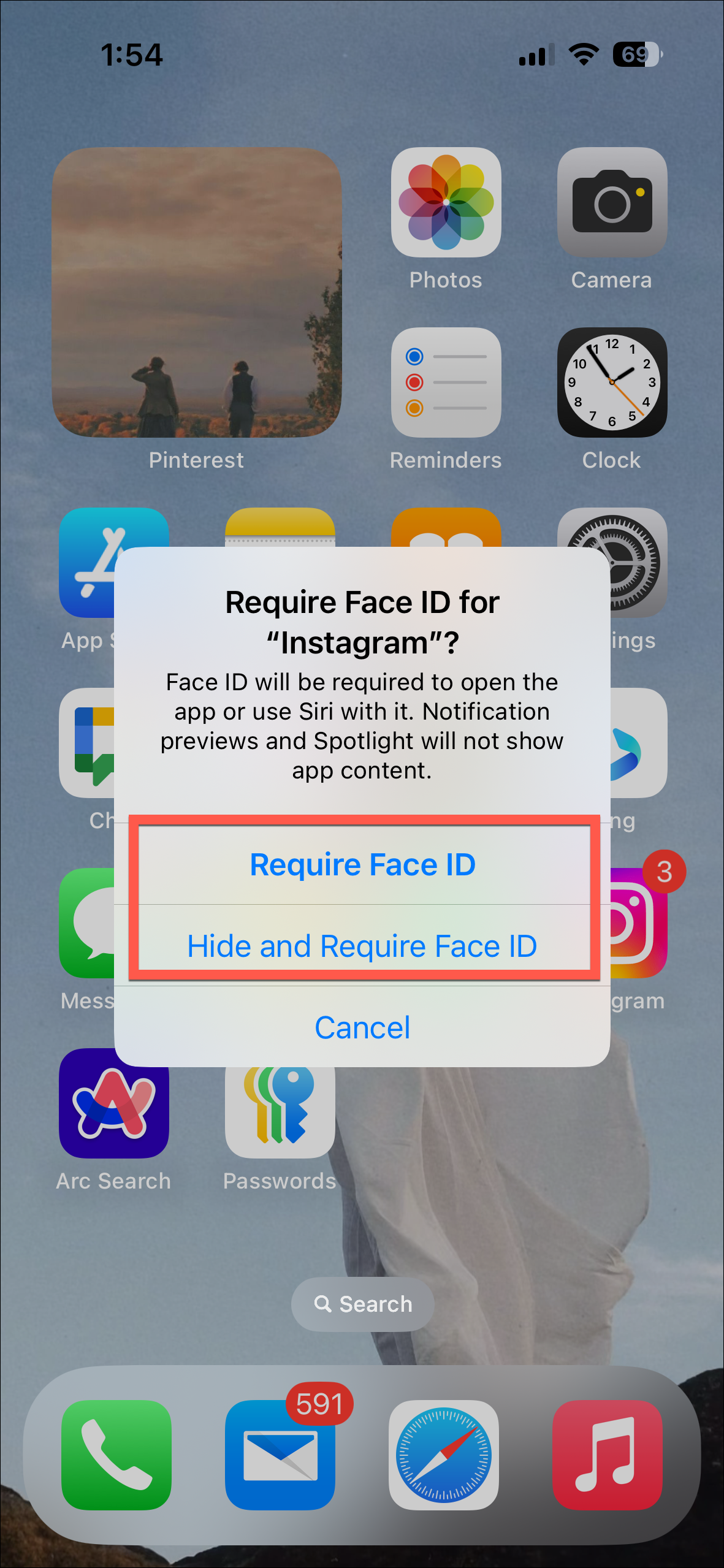
- If you choose to hide the app as well, an additional confirmation pop-up will appear. Tap on 'Hide App' to proceed.
- To find a hidden app, swipe to the App Library and scroll all the way down. You'll find the hidden folder; tap on it and authenticate using Face/Touch ID to open it. No further authentication will be required to open the apps in the folder.
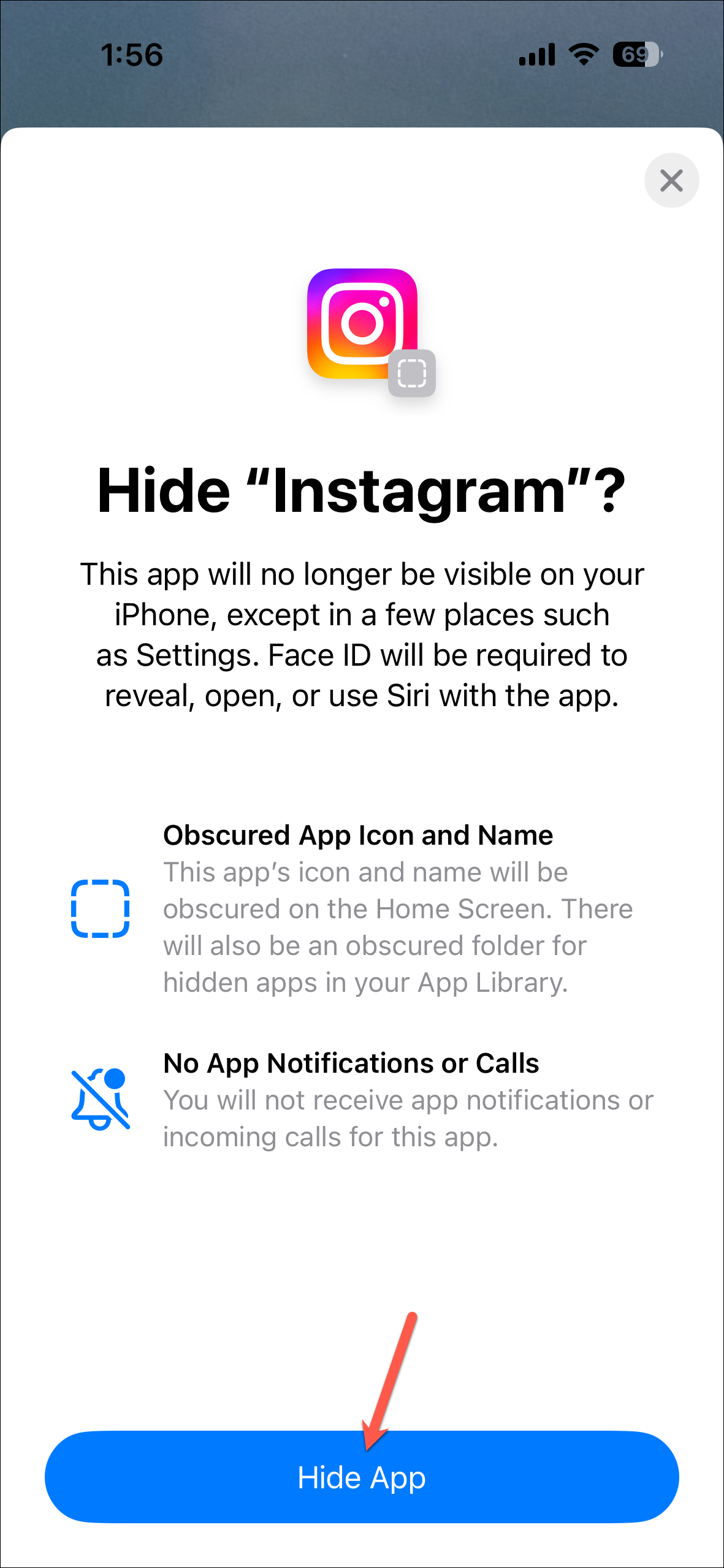
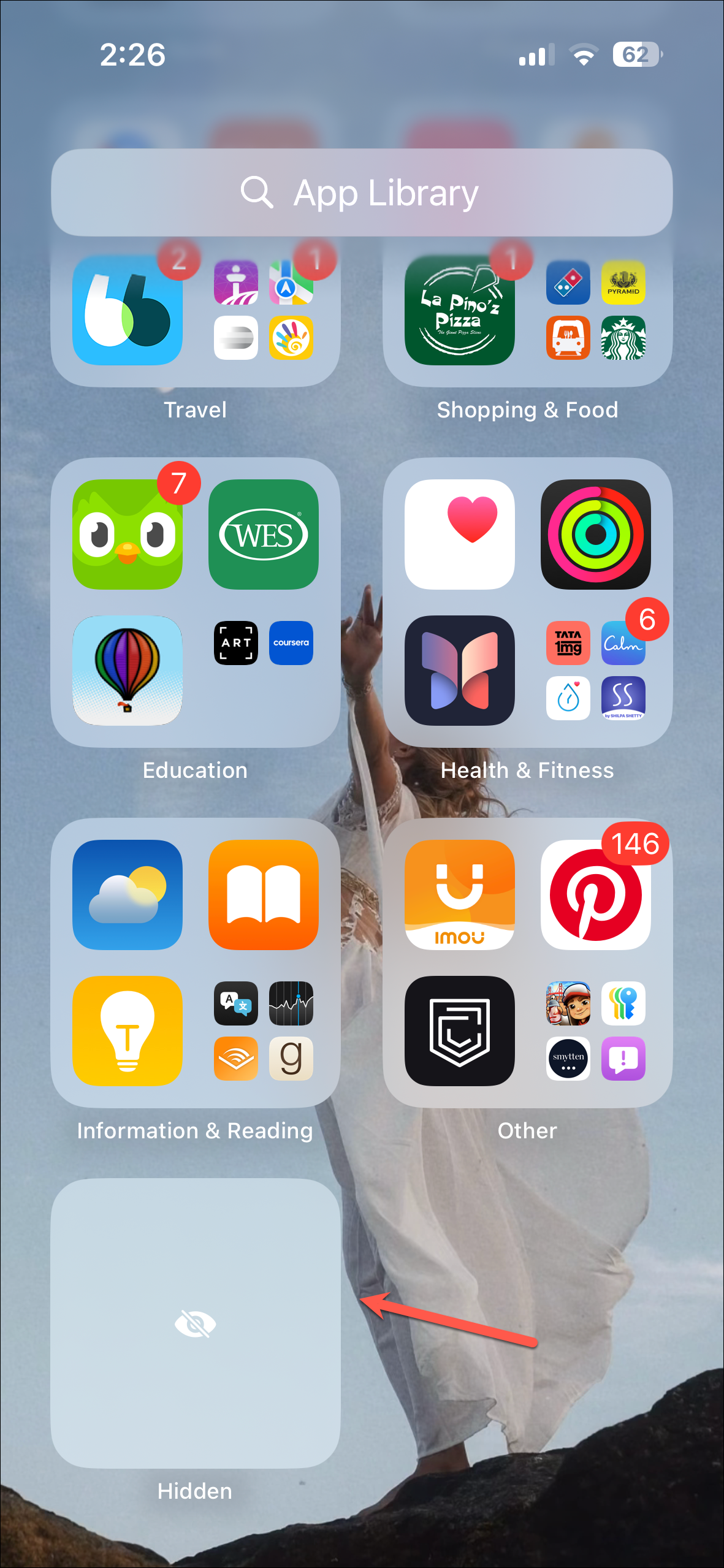
If you chose to only lock the app and change your mind later, there's no direct way to hide the app. You'll first need to remove the app lock and repeat the entire process.
Similarly, if you hid the app and decide that you only want to lock it, you'll need to unhide the app first and again repeat the entire process. (Hopefully, these flows will be changed in future iterations of the OS.)
Remove App Lock/ Unhide the App
You can remove the lock for any locked app or from an app in the hidden folder right away.
- Go to the app from the Home Screen or the App Library. If the app is hidden, first unlock the hidden folder.
- Then, to remove the lock from an app, tap and hold the app and select 'Don't require Face ID' from the options.
- Authenticate using Face ID and the app will no longer be locked/ hidden.
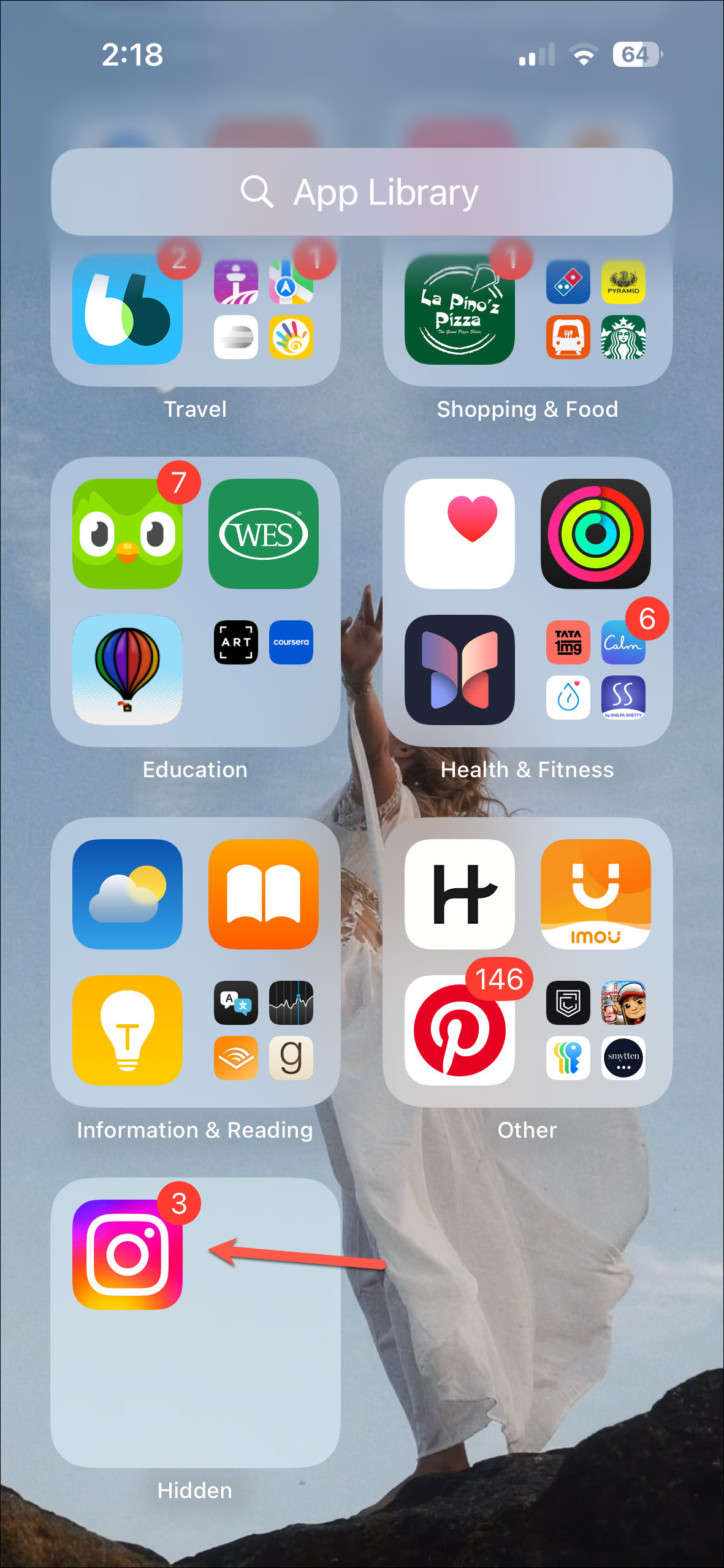

- Now, if you had the app on your Home Screen before hiding it, it won't appear there again automatically if you simply remove the lock from a hidden app. You'll need to add it to your Home Screen from the App Library manually.
Another option in this instance is to select 'Add to Home Screen' from the options. - A confirmation pop-up will appear that doing so will unhide the app. Tap on 'Unhide App' and the app will appear on the Home Screen and will no longer be locked.
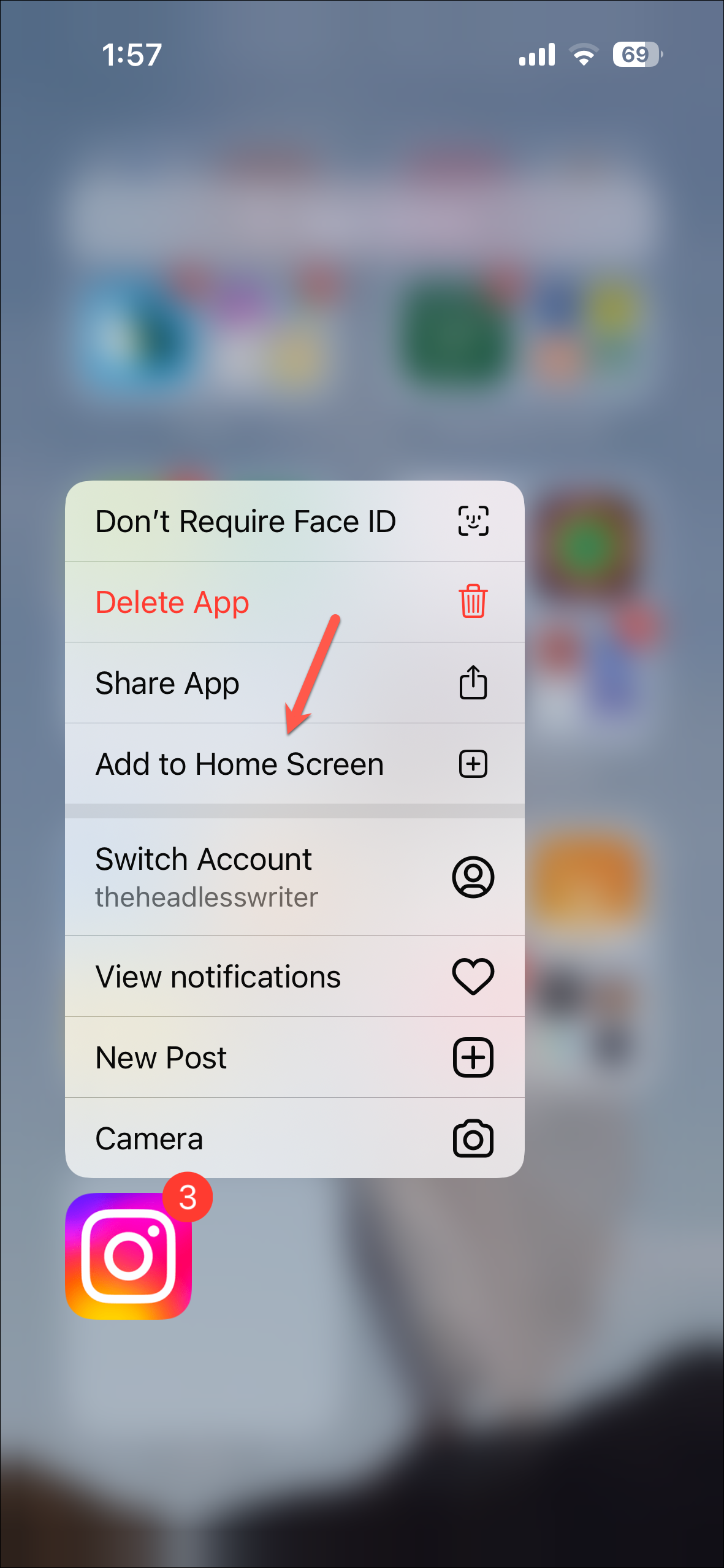
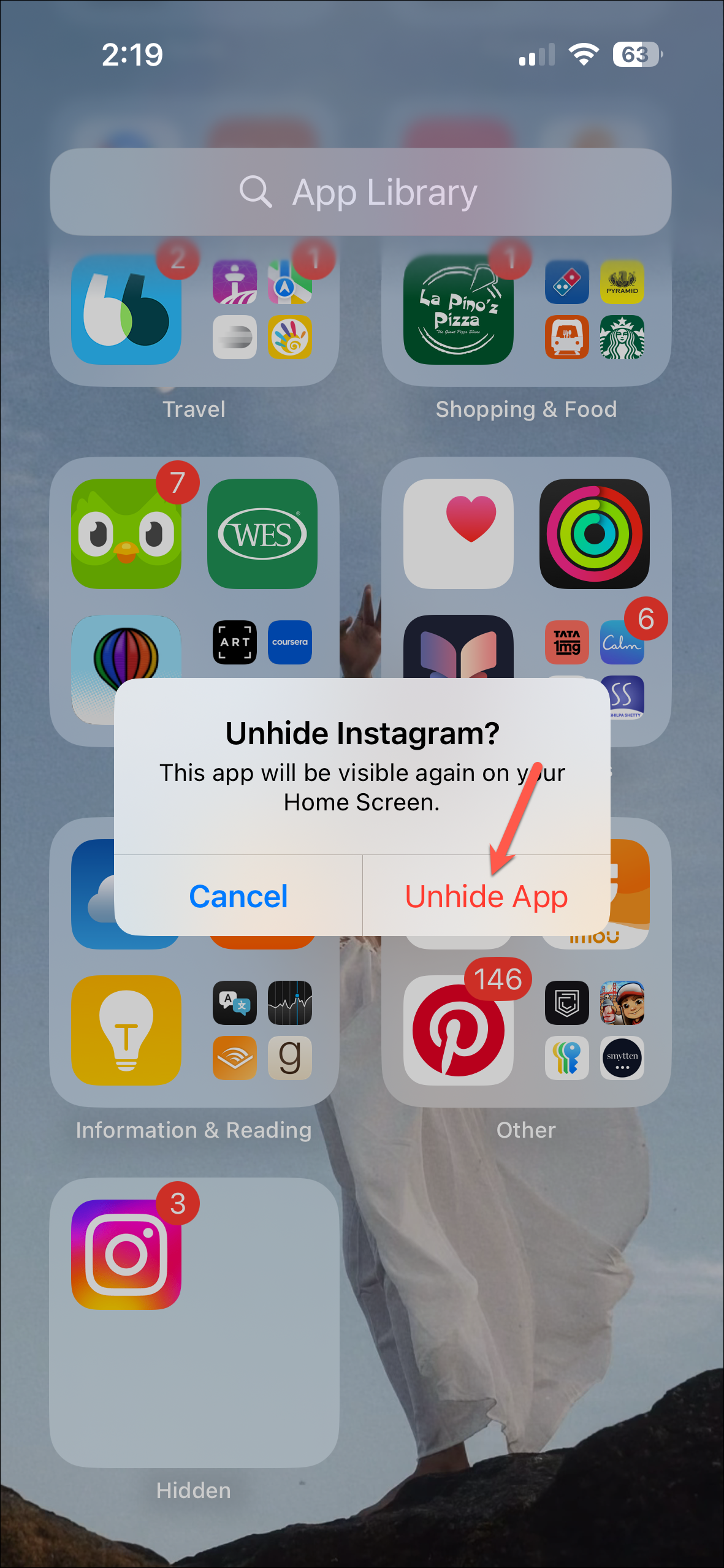
Finally, Apple has decided to bestow the ability to lock and hide apps on the iPhone, something that should have been present for a long time. But like they say, it's better to arrive later than never.





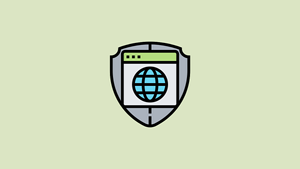


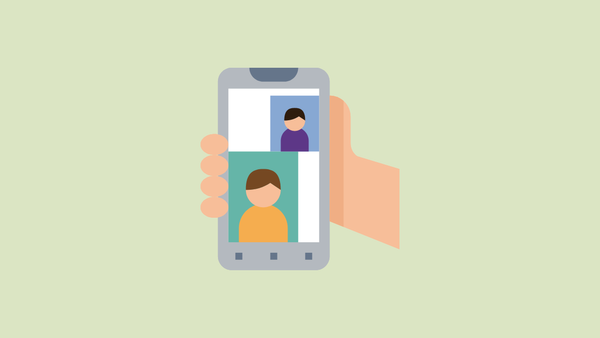
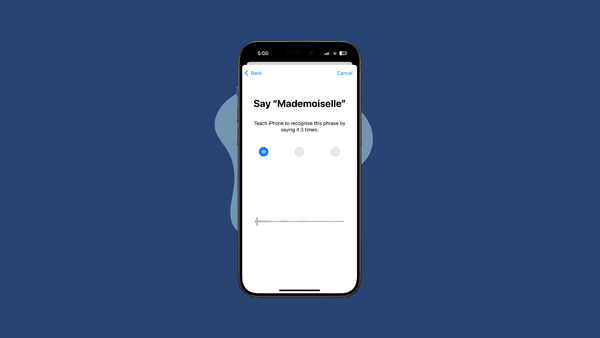
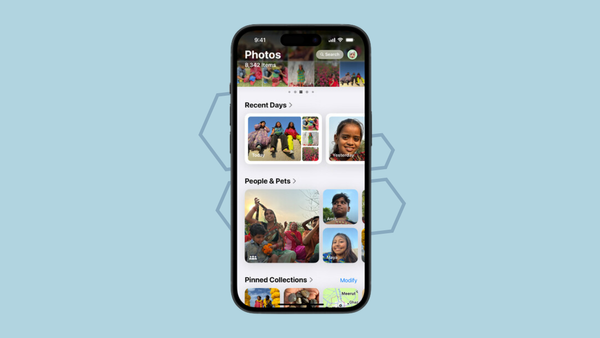
Member discussion